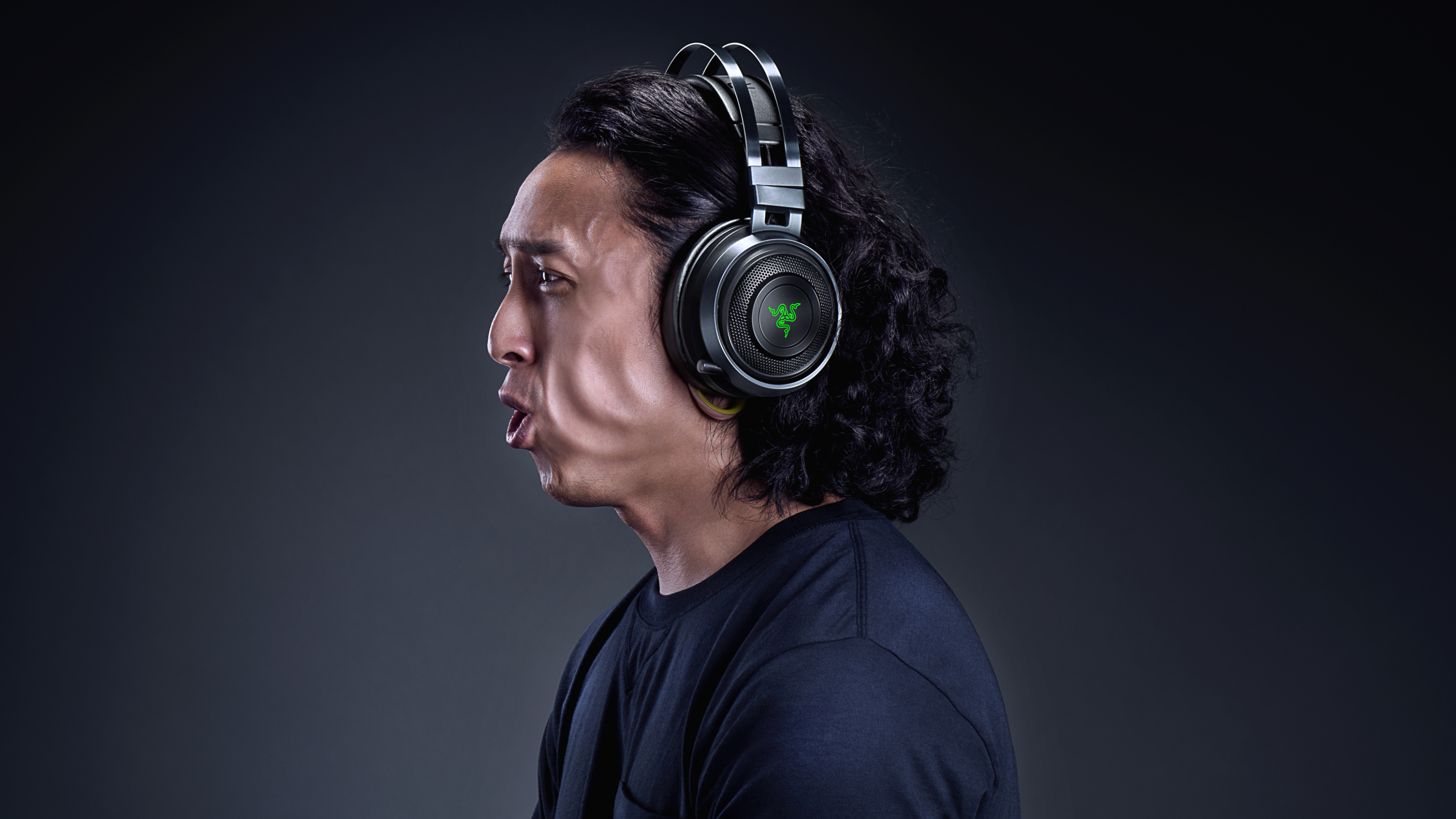Razer sees the future of gaming filled with haptic feedback gadgets
Haptic-toting wrist rests, mice, gaming chairs, headsets, and more…

Razer has fleshed out its vision for HyperSense technology over at CES, building on the foundations laid by the Razer Nari Ultimate headset, with the company revealing plans for an ecosystem of interconnected haptic-driven peripherals capable of some clever tricks to deliver a greater level of immersion.
The basic idea is that the gamer possesses a collection of haptic-enabled devices and these deliver physical feedback to correspond with in-game events and positional audio cues.
So not only will you get spatial audio to pinpoint where an enemy is on a level, or where a shot has been fired from, but you will also get haptic feedback to indicate that.
Razer envisions a palm rest below the keyboard which can generate haptic feedback to represent footsteps to your left, or to your right. A haptic-enabled mouse can similarly indicate events happening on your right (assuming you’re right-handed), or provide tactile feedback based on the weapon you’re using.
And a haptic-toting chair – which admittedly sounds expensive – could deliver a punch to represent an explosion behind you, and so on. Of course, you’ll also get feedback via your headset, as we’ve already seen with the recently launched Razer Nari Ultimate, which allows you to feel, and not just hear, the rumble of a tank coming around the corner.
Haptic heaven
The overall vision is for a whole load of such haptic peripherals supporting HyperSense, along with game developers working with the tech to incorporate it into their titles to trigger with specific in-game events, mechanics or audio cues.
The haptics involved are ‘high definition’, Razer reminds us, meaning these pieces of hardware are capable of providing a wider variety of vibrations than your average haptic device, ensuring a more lifelike feel to the feedback.
Get daily insight, inspiration and deals in your inbox
Sign up for breaking news, reviews, opinion, top tech deals, and more.
At CES, Razer is demoing the Nari Ultimate headset, along with an as yet un-launched mouse and wrist rest that boasts haptics by Lofelt (the company that provided the goods with the Nari), as well as a chair with haptics from Subpac.
Apparently Razer is already working with developers to integrate the technology within their games. Tim Willits, Studio Director at id Software, enthused: “I recently tried the Razer Nari Ultimate, and the added layer of tactile feedback to positional sound made me feel even more engaged and aware of my surroundings.
“I can’t wait to try an entire ecosystem of haptic enabled devices working together to bring to life the world and action of video games.”
Of course, everything rests on whether Razer can persuade developers that HyperSense is worth the trouble – not to mention persuading gamers to buy these new pieces of hardware when they emerge.
Also at CES, Razer has just announced Alexa integration for its peripherals, and the firm unveiled a new Blade 15 ‘Advanced’ edition laptop that boasts powerful Nvidia RTX graphics.
- Check out all of TechRadar's CES 2019 coverage. We're live in Las Vegas to bring you all the breaking tech news and launches, plus hands-on reviews of everything from 8K TVs and foldable displays to new phones, laptops and smart home gadgets.
Darren is a freelancer writing news and features for TechRadar (and occasionally T3) across a broad range of computing topics including CPUs, GPUs, various other hardware, VPNs, antivirus and more. He has written about tech for the best part of three decades, and writes books in his spare time (his debut novel - 'I Know What You Did Last Supper' - was published by Hachette UK in 2013).